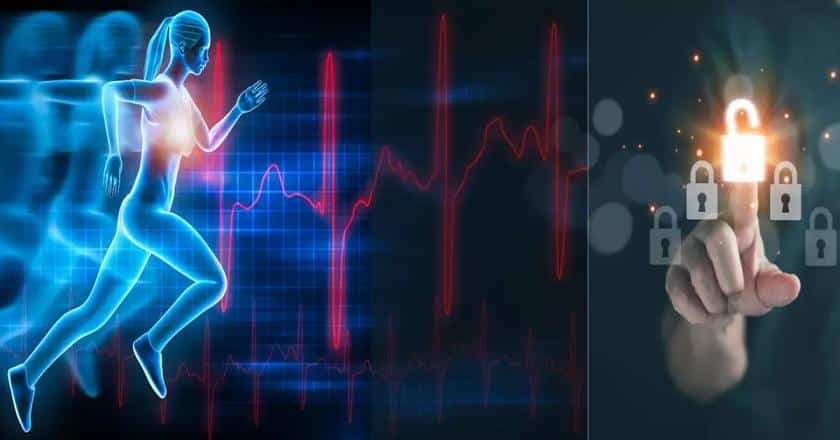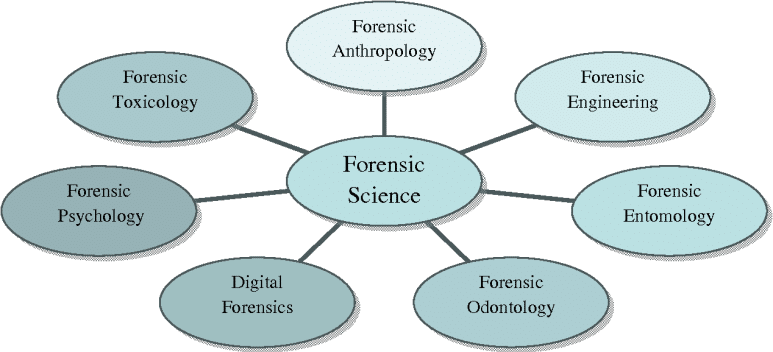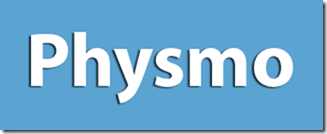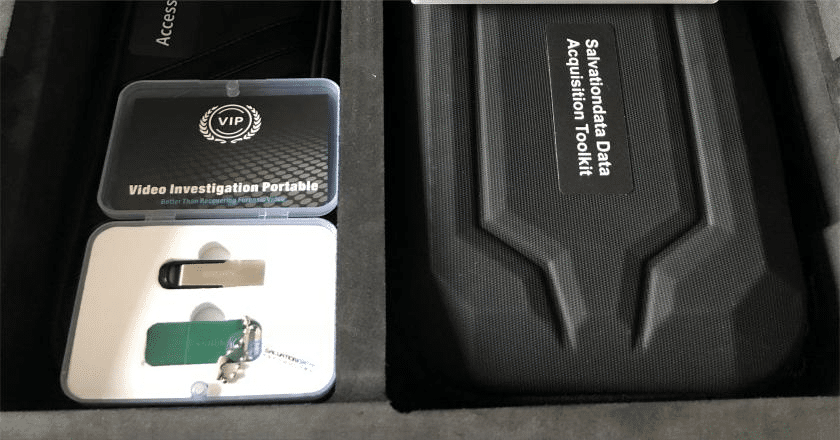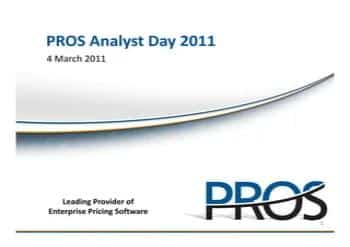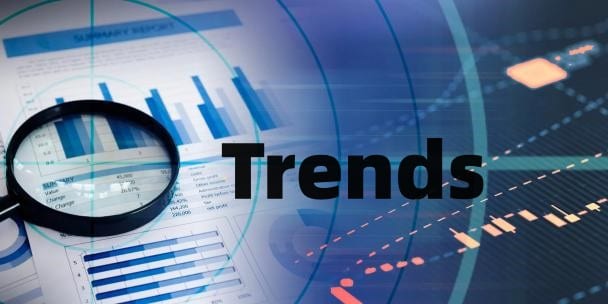Unveiling Forensic Insights through Video Motion Analysis Techniques
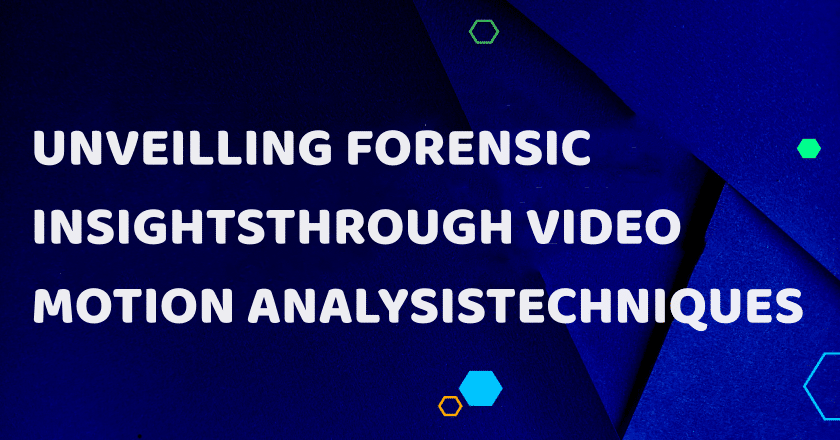
-
Content
- Introduction
- Evolution of Motion Analysis Methods
- Applications in Forensic Investigation
- Video Motion Analysis Tools
- Recent Developments and Trends
- Conclusion
-
Content
- Introduction
- Evolution of Motion Analysis Methods
- Applications in Forensic Investigation
- Video Motion Analysis Tools
- Recent Developments and Trends
- Conclusion
Introduction
Motion analysis is a critical element of forensic investigations and digital forensics since it can deliver essential information in a video recording of a complex scene. In the forensic investigation area, video motion analysis techniques are created to be highly effective tools for movement analysis, identifying patterns, and extracting the best possible evidence. Forensic video analysts can thoroughly analyze the motion data to reconstruct events, identify key actors, and establish a correct time and motion, which helps to provide more case facts.
The rising complexity of motion analysis devices due to technological advances makes the use of motion analysis in forensic investigations more and more irreplaceable. In this article, we consider the development of motion analysis methods, examine the areas where motion analysis is applied, and study the tools and techniques that make the light of the day during forensic investigation. The video motion analysis method discussed here becomes more important as its application in finding the truth in video forensics is highlighted.
Evolution of Motion Analysis Methods
1. Historical Overview
The examination of motion demonstrates the scientific approach and the technological development that dates back hundreds of years. On its debut, motion analysis changed with the aid of computer vision to more accurately and comprehensively capture and analyze movements as has never been done before.
2. Technological Advancements
In 20th century,motion analysis has brought a new phase in the science of motion analysis by using high-speed photography, cinematography, and digital imaging technologies. Forensic investigators have been provided with two advantages: the ability to conduct more precise and detailed investigations and more sophisticated data analyses.
3. Integration of Vision-Based Techniques
Today, forensic investigators can easily extract information about motion from video by using state-of-the-art computer vision algorithms and image processing techniques. This fusion also considers the speed and precision of analytics and is an approach for analyzing complex movement and behavioral patterns. The analysis of human motion reflects technological development, correcting its drawbacks and providing a new way of understanding the mysterious phenomenon of human motion, which has been invisible before.
Applications in Forensic Investigation
Forensic investigation is not a single entity as it is an interdisciplinary field that consists of different research areas, each of which is distinguished by its unique features and points of view.
1. Sports and Rehabilitation
One of the significant elements in sports and rehabilitation is video motion analysis, in which the motion is compared with a given level to prevent injuries and improve performance. A video analysis helps the experts identify biomechanical problems, evaluate techniques, and develop individual programs. Another technology is video motion analysis, used to examine injury and dispute, recreate events, establish causality, and provide rehabilitation guidance.
2. Vehicular Video Sensors
The video motion analysis method plays a critical role in vehicular forensics to recreate accidents and identify perpetrators for road safety. The data serves as a foundation of visual sensors, e.g., in-vehicle monitoring systems and dashboard cameras, which capture vehicle dynamics, driver behavior, and the surrounding environment. Accidents can be reconstructed with the help of motion analysis. Also, some important parameters like speed and trajectory can be determined, and this evidence could be used legally.
3. Surveillance Systems
The reapplication of video motion analysis techniques in research holds potential for integration into surveillance systems. Data from security cameras in public areas and covert operations provide valuable information for investigations. Motion algorithm analysis detects abnormal behavior, monitors people or objects of interest, and extracts intelligence from vast video datasets. These technologies are vital in surveillance systems used for criminal investigations, counterterrorism, and corporate security, ensuring public safety.
Video Motion Analysis Tools
The importance of video motion analysis tools in the fast pace of forensic investigations cannot be exaggerated. The state-of-the-art video forensic tools are the source of forensic analysis, opening a new window for forensic investigators to gain essential clues from video footage with incredible precision and speed.
1. Kinovea
- Description: Professionals and amateurs can easily use Kinovea with its robust features. It is the most extensive software application for detailed motion analysis with the zooming-in ability of any frame, measuring angles, and velocity tracing.
- Key Features:
- Frame-by-frame analysis for a deep examination of motion elements.
- Angle measurements as an estimation of the biomechanical parameters and movement paths.
- Vectors for velocity tracking to measure linear, angular, and overall speed and acceleration of moving objects.
- Annotation and highlight tools help mark the main ideas of the video frames.
2.PhysMo
- Description: PhysMo is a multifunctional yet user-friendly dfir tool with educational and research backgrounds. It offers a convenient user interface and features designed to analyze motion in different contexts. PhysMo’s user-friendly interface makes it accessible for beginners and advanced analysts, too.
- Key Features:
- Automated object tracking will be implemented for effortless motion analysis.
- Graphing motion data in a graphic form, such as velocity-time and displacement-time graphs.
- Export options for sharing the analysis results with team colleagues and using them in presentations or reports.
- Compatibility with most video file formats for hassle-free output in the existing workflow.
- User-configurable options to match the data analysis process based on research or educational objectives.
3.Dartfish
- Description: Dartfish is a professional-oriented software that coaches of sports, biomechanics, and performance analysts commonly utilize. It is a powerful package of features for motion analysis to the last detail, which allows you to playback, place side-by-side, and use telesemination tools. Contact to apply for a Free Trial now!
- Key Features:
- Comparison of different video clips simultaneously by a synchronous playback option.
- Annotation tools for video clips, mainly to emphasize and mark the main elements.
- Fast processing and analysis of events through automated tagging and categorization.
- Integration with data acquisition systems, such as GPS or motion capture systems, for improving analysis outcomes.
- Collaboration features for working with teammates or clients (sharing the analysis outcomes) and telecommuting.
4. VIP 2.0
- Description: VIP 2.0 is a revolutionary video forensic investigation tool created for virtual investigations. Being the product of SalvationDATA, VIP 2.0 is a software with many features specially developed to address the specific challenges of forensic analysis: motion detection, intelligent video retrieval, and CCTV DVR compatibility.
- Key Features:
- Motion detection in video recordings is for locating and tracking moving objects.
- Smart video search to find video clips by parameters, for instance, color, focusing area, and direction of movement.
- Compatibility with CCTV DVRs includes video footage extraction and recovery, which is forensically admissible in court.
- Automation improvements in the areas of tasks such as motion detection and analysis.
- The arrow diagrams used in the motion illustration contribute to the analysis and knowledge of the motions of objects.
5. ProAnalyst Essentials
- Description: The ProAnalyst Essentials pack is the complete motion analysis software package that provides powerful tracking algorithms and customizable analysis tools. Biomechanics, sports science, and forensic investigation are all involved in studying human motion. ProAnalyst Essentials is an analytical tool for every professional in these domains.Click here to Update your software!
- Key Features:
- 3D motion reconstruction from captured 3D space and movement analysis.
- Individualized analytical tools for the type of personalization needed to customize the analysis to a particular research purpose or investigative goal.
- Integration of the system with external data sources, such as motion capture systems, force plates, and so on, to help improve the analysis results.
- The use of the technology for the fully automatic monitoring and measurement of movement parameters such as speed, acceleration, and trajectory.
- Tactical visualization tools, like graphical overlays and heat maps, help display the results concisely and attractively.
The motion analysis tools in the video depict the pinnacle of technical development in forensics. Their high-level capabilities and functions allow investigators to extract precious information from the video footage, thus unraveling the critical digital evidence and working out complex cases quickly and accurately. Gadgets are vital in coaching in sports, vehicle forensics, or supervision systems and, therefore, are crucial tools in investigating crimes and delivering justice.
Recent Developments and Trends
Recent advancements in forensic investigation are a sign of the current trends that have ushered in a new era of innovation and efficiency. Three key aspects have emerged as focal points for advancement:
1. Innovations in Human Motion Analysis
The latest technologies, such as wearable sensors and marker-less motion capture systems, make it possible to track and analyze human movement in any domain, from sports to rehabilitation, in real time. Machine learning algorithms have been incorporated in human motion analysis to improve the accuracy of the results.
2. Automation Enhancement in Digital Forensic Tools
Automation is one of the prominent features of digital forensic tools, allowing evidence collection, analysis, and reporting to be done more streamlined. Besides, the automation of workflows and decision support systems has helped forensic investigators to be more precise and productive in their tasks by allowing them to concentrate on critical tasks and complex analyses.
3. Integration of Spatial and Temporal Evidential Data
Through GIS and temporal analysis techniques, it is possible to uncover relationships between these different forms of evidence, which include location data, timestamps, and digital artifacts, and to reconstruct both timelines and spatial relationships accurately. This integration has taken the investigative process to a new level, exposing buried patterns and links in large datasets, thus leading to more effective decision-making and case resolutions.
Conclusion
In summary, the emergence of video motion analysis methods in forensic investigations is a narrative of a real revolution due to the development of technology and the steady striving for excellence. Motion detection has evolved from traditional to modern video-tracking software solutions based on the highest-level algorithms. The drive for precision and insight guided the entire process. The development of human motion analysis, automation of digital forensic tools, and integration of spatial and temporal evidence have empowered the discipline to the areas of investigation that were unattainable before. The future of video motion analysis in forensic investigations is very bright, as it will continue to be revolutionized by novel ideas and a drive to excel since there is no limit to what it can achieve in the future. It will, therefore, remain a powerful tool used in solving the intricate complexities of modern crimes and, in forensic analysis, ensure that the truth prevails in the quest for justice.
